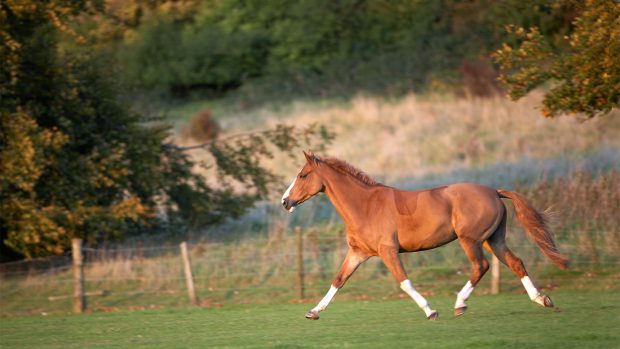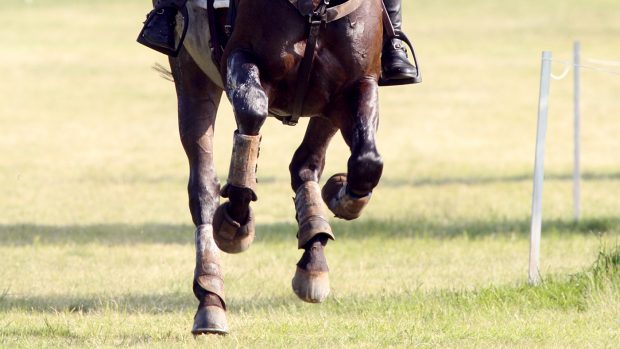Q. My five-year-old cob is in foal for the first time. She has got a splint on one foreleg and fluid in both front knees and hind legs. She is stumbling a lot and recently actually fell on her knees. She’s been resting for a month now, yet the fluid is still there. Can you please help?
Jo Holmes MRCVS replies: Your horse may have a few minor problems which aren’t necessarily related. Moderate filling of the hind limbs can occur in horses when they stand in a stable for a long time, but it usually disappears with exercise.
Circulation can be compromised during pregnancy, making ‘peripheral oedema’ (swelling of the extremities) common near the end of term. Stable bandages and daily exercise will minimise this.
Check that your horse is sound behind and assess exactly where the swelling is. If it is at the back of the fetlocks, she may be forming windgalls (an enlargement of the tendon sheaths as the tendons pass over the back of the joints).
This is ‘wear and tear’, maybe due to the extra weight she is carrying. Her stumbling seems to have given her’swollen knees’ – the carpus (knee) may swell when it gets knocked, like when she fell recently.
It rarely causes lameness but can take months to go down.
There are several synovial tendon sheaths on the front of the carpus which smooth the passage of tendons connecting the distal limb to muscles higher up the leg, as they run over the knee joint.
Without such tendon sheaths – filled with the same synovial fluid as joints – friction across the knee would hamper the mechanicalaction of the tendons, designed to protract the limb forward.
Unfortunately, if damaged, carpal tendon sheaths tend to produce excess synovial fluid that results in a ‘big knee’.
Anti-inflammatories such as Phenylbutazone (bute) and coldhosing or ice packs will bring the swelling down initially but thereafter only time and exercise will reduce it.
The fact your mare is stumbling is more worrying, as she could become unsafe to ride. Regular shoeing is essential: get your farrier to check her feet carefully.
Poor or irregular shoeing can cause pedal osteitis (painful inflammation of the pedal bone in the foot). This is caused by a combination of concussion and shoes that put too much force through the sole. Thehorse may develop a shuffling forelimb gait, refusing to extend in trot and collapsing in front when ridden on hard ground.
Veterinary examination with hoof testers will elicit pain, usually in both front feet. Nerve blocks and X-rays will confirm diagnosis and heart bar or ‘seated out’ shoes and pads may help to spread force away from the sole and absorb concussion.
Although none of your problems are insurmountable, ask your vet to check your mare over if you’re worried at this point in her pregnancy.



